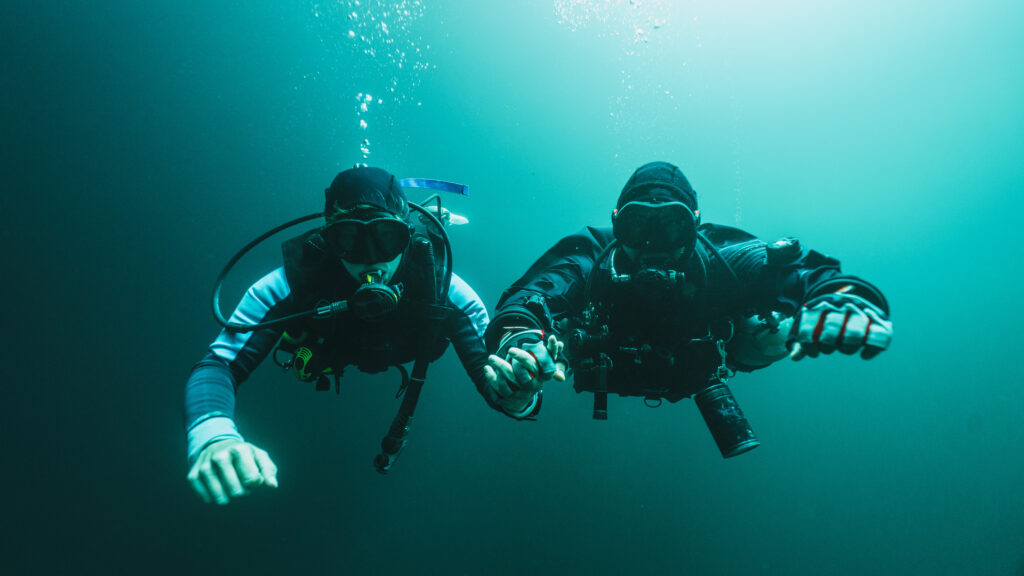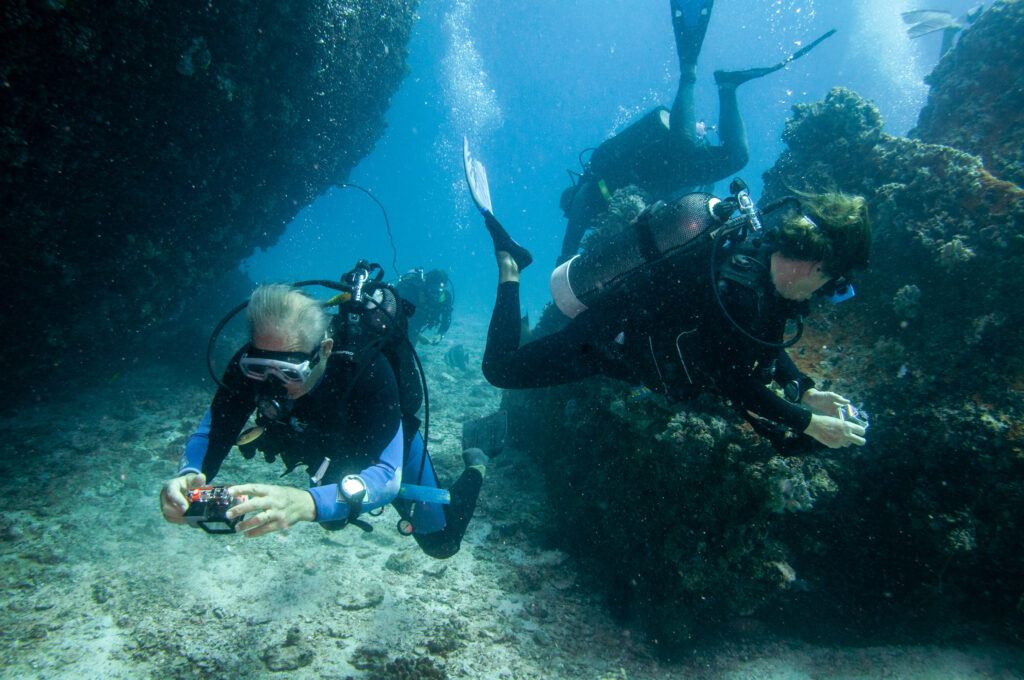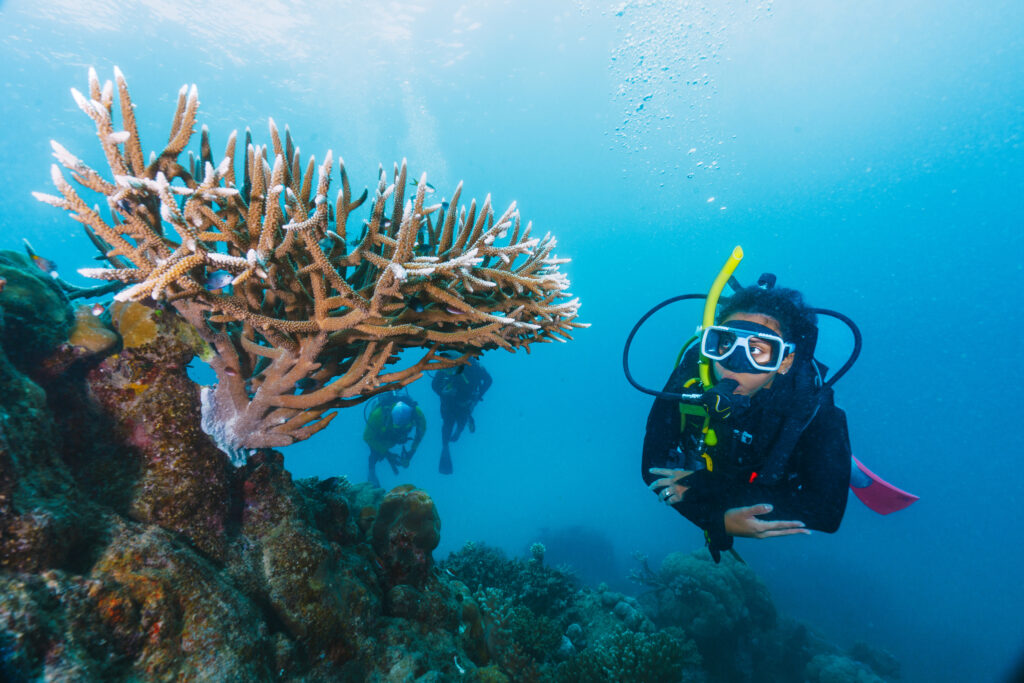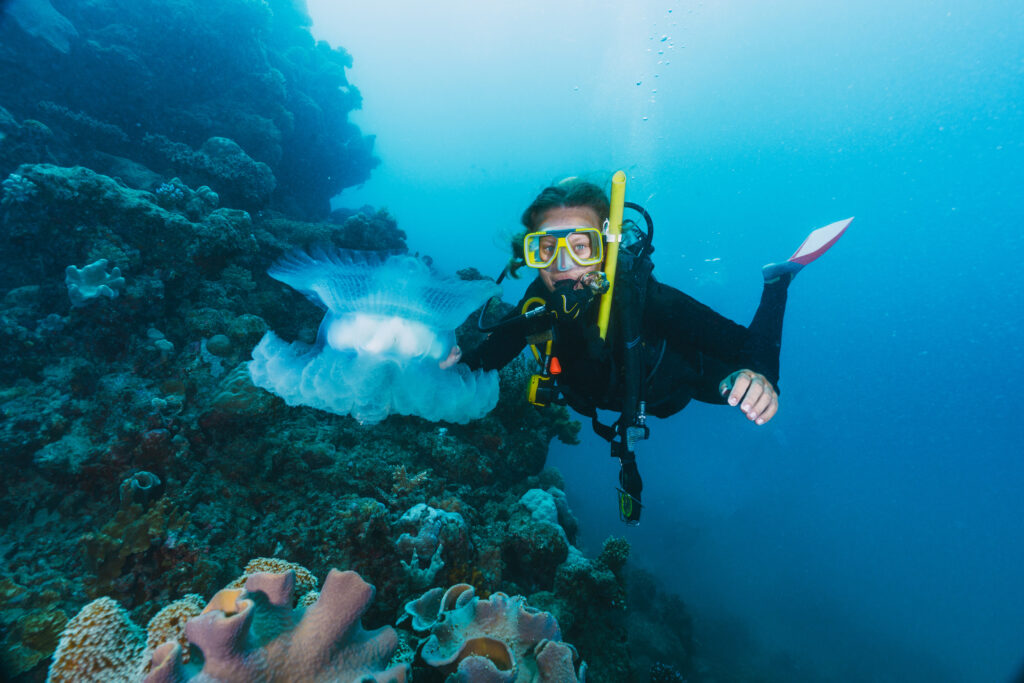What is Compressed Air?

Compressed air, essential in scuba diving, refers to air that has been pressurized to fit into a smaller volume, typically within a scuba tank. This enables divers to breathe underwater for extended periods. Understanding compressed air is vital for divers, as it directly impacts safety, dive planning, and equipment use. Historically and technologically significant, compressed air has evolved through innovations, becoming a cornerstone of modern diving.
What is Nitrogen?

What is Nitrogen? Nitrogen is an inert gas, meaning it does not readily participate in chemical reactions. It constitutes approximately 78% of the Earth’s atmosphere, with the remaining 22% made up of oxygen, trace gases, and water vapor. While nitrogen is essential for various biological processes and is harmless when inhaled at normal atmospheric pressure, […]
What is Residual Gas in Scuba Diving?

What is Residual Gas in Scuba Diving? Residual gas, a significant concept in scuba diving, refers to the volume of gas that remains in a diving cylinder from a previous fill. Understanding and managing residual gas is crucial for divers, as it can have implications for safety, dive planning, and equipment efficiency. Definition and Relevance […]
What is a Buddy when Scuba Diving or Freediving?

A “buddy” in scuba diving or freediving refers to a designated diving partner who accompanies another diver during their underwater experience. The buddy system, a central part of these activities, was designed to enhance safety and promote teamwork. The buddy concept involves two divers working together, keeping an eye on each other, and offering help when necessary. This system is critical for ensuring that both individuals have a safe and enjoyable time underwater.
What is Ascent when Diving?

Ascent refers to the upward movement a diver makes as they transition from being submerged underwater to reaching the surface. This process is an essential phase in scuba diving, directly impacting the safety and health of the diver. Ascent is not necessarily a straightforward or continuous journey from depth to the surface; it may require planned pauses, known as decompression stops, to help the body adjust to pressure changes and avoid decompression sickness, a condition commonly called “the bends.” In scuba diving, a controlled and deliberate ascent is crucial to maintaining well-being, preventing injuries, and ensuring a safe return to the surface. This article will explore the importance of ascent, its stages, best practices, and the potential risks divers face during this critical part of the dive.
What is Ambient Pressure in Scuba Diving?

What is Ambient Pressure in Scuba Diving? Ambient pressure plays a critical role in scuba diving and understanding its effects on the human body is essential for divers’ safety and enjoyment. This entry explores the concept of ambient pressure, its sources, implications for dive planning, and how it influences dive physiology and equipment. Ambient pressure […]
What is Gas Saturation in Scuba Diving?

What is Gas Saturation in Scuba Diving? Gas saturation is a critical concept in scuba diving, as it has significant implications for the safety and well-being of divers. Gas Saturation occurs when the level of dissolved gas in a particular body tissue has reached its maximum, and it is closely related to the physics and […]
What is an Atmospheric Diving Suit?

What is an Atmospheric Diving Suit? The atmospheric diving suit (ADS) revolutionized the world of underwater exploration by providing divers with an anthropomorphic submarine that protects them from extreme depths, temperature fluctuations, and physiological challenges. This cutting-edge technology grants divers the ability to descend as deep as 2,300 feet (700 m) without the need for […]
